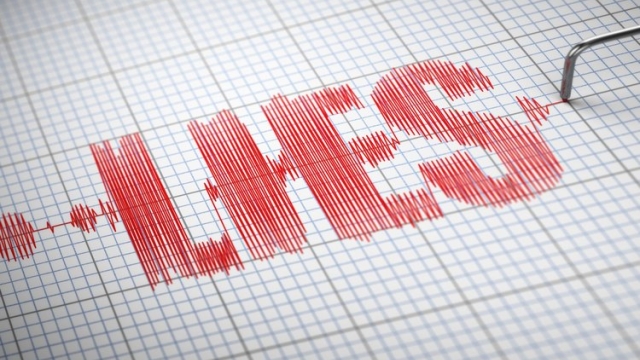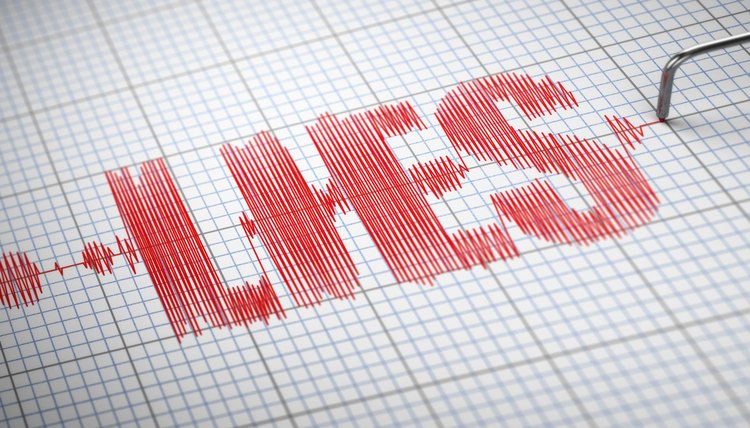Welcome to the intriguing world of lie detector tests – a potent tool frequently employed in various settings to uncover the truth. Also known as polygraph tests, these examinations hold the key to revealing concealed facts by monitoring physiological responses indicative of deception. The concept of understanding human behavior through physiological changes has led to the widespread use of lie detector tests in legal proceedings, employment screenings, and investigations, aiming to gauge the veracity of statements provided under scrutiny. The inherent mystery surrounding polygraph tests, along with their impact on verifying truthfulness, has stirred debates and interest, making them a fascinating subject of discussion in the realm of truth-seeking mechanisms.
History of Lie Detector Tests
Lie detector tests, also known as polygraph tests, have a long history dating back to the early 20th century. The first modern polygraph machine was invented by John Augustus Larson in the 1920s, utilizing physiological measurements to detect deception.
Initially used in law enforcement settings, lie detector tests gained popularity as a tool for assessing the truthfulness of individuals in various scenarios. The technology has evolved over the years to become more sophisticated and reliable in detecting physiological changes associated with lying.
Despite their widespread use, lie detector tests remain a controversial tool in the field of criminal justice and beyond. Critics argue that the tests are not foolproof and can be influenced by various factors, leading to potential inaccuracies in the results.
Accuracy of Lie Detector Tests
Lie detector tests are commonly used to determine truthfulness in various settings, including criminal investigations, employment screenings, and relationship disputes. The accuracy of these tests depends on various factors such as the experience of the examiner, the relevance of the questions asked, and the physiological reactions of the individual being tested.
Studies have shown that lie detector tests can be fairly accurate in detecting deception, with some experts claiming an accuracy rate of around 80-90%. However, it’s essential to note that these tests are not foolproof and can be influenced by factors such as anxiety, stress, or even the individual’s belief in the accuracy of the test.
Despite their limitations, lie detector tests can still provide valuable insights into whether someone is being truthful or deceptive in a particular situation. By understanding the nuances of these tests and interpreting the results carefully, examiners can uncover important information that can help uncover the truth in a variety of scenarios.
Controversies Surrounding Lie Detector Tests
One major controversy surrounding lie detector tests is their accuracy. Critics argue that these tests are not foolproof and can be influenced by various factors such as the individual’s emotional state or the skill of the examiner. This raises doubts about the reliability of lie detector results in determining the truth.
Another contentious issue is the ethical concerns related to using lie detector tests. Critics argue that the use of such tests may infringe upon an individual’s privacy and right to remain silent. Furthermore, some raise questions about the potential for false positives or negatives, which could have serious consequences for individuals subjected to these tests.
The admissibility of lie detector test results in legal settings is also a topic of debate. While some jurisdictions allow polygraph results as evidence in court, others consider them unreliable and inadmissible. This inconsistency in the legal acceptance of lie detector tests adds another layer of controversy to their use in determining the truth.

